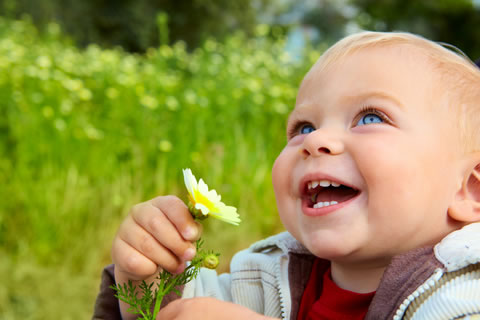Bisphenol A (BPA)
Bpa-Free Baby-Toxic Bisphenol A
Bpa-Free Baby
THE TRUTH ABOUT BPA:
• More than 200 scientific studies show that BPA is harmful to our children’s health.
• Nine states, including Washington and New York, have already banned BPA from food and beverage containers used by children.
• It is possible—and cost-effective—to make BPA-free alternatives.
WHY CHILDREN NEED PROTECTION
BPA AFFECTS THEIR DEVELOPMENT—AND CAN SET THEM UP FOR SERIOUS ILLNESS LATER ON
BPA exposure begins at conception—when a pregnant woman ingests BPA, it crosses the placenta to the fetus. Growing fetuses and children are constantly developing, and any disruption to their hormonal system during this period can set the stage for diseases, like breast cancer and prostate cancer later on. Research shows that BPA levels are 11 times higher in babies than in adults.
Bisphenol A (BPA) is a synthetic estrogen linked to breast cancer and other serious health problems. It is used to make clear, rigid plastic like baby bottles and water bottles, and it is also a major component of most food-can linings, including canned infant formula. BPA has been shown to leach into the food and liquids those containers hold— and it ends up in our bodies.
The European Union, Canada, and the United Arab Emirates have banned BPA in baby bottles, as have nine U.S. states: Connecticut, New York, Maine, Maryland, Massachusetts, Minnesota, Washington, Wisconsin, and Vermont. Two of those states have also banned it from infant-formula cans and baby-food jars.
Most Americans are exposed to BPA every day, primarily through food. It’s detectable in 93% of people tested in the U.S in 2011.


